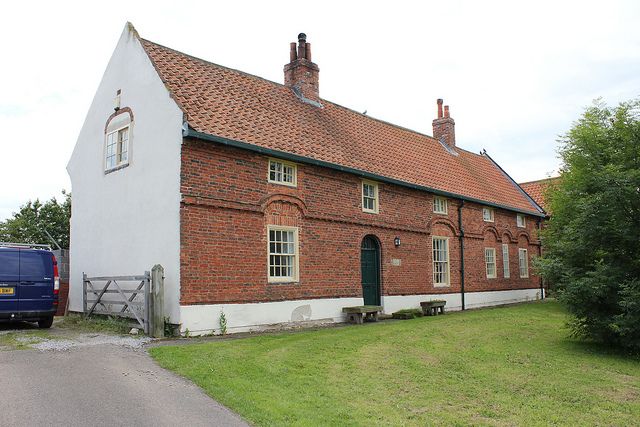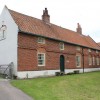Uploader's Comments
This traditional longhouse was built around 1680 by the Dean and Chapter of Durham Cathedral, probably for the village bailiff. Of red brick with very high pitched roof. Ornamental brickwork now rare in the district. Two storeys, five windows. West end altered and roof raised in late Georgian period. Sandstone foundation. Moulded brick cornice and corbelled string, the latter rising to form dripmoulds over elliptical arched window openings; and plinth band. Inserted six-panel door with fanlight.
The medieval village of Cowpen Bewley was one part of the large estate of Beaulieu, a moated house serving as an administrative centre for Durham Priory. The other part of the estate was Newton Bewley to the north. Both Cowpen and Newton take the second part of their names from this estate.
Salt has been excavated in the Billingham area since ancient times and was arguably the first chemical industry in the district. Cowpen - pronounced “coopen†- is thought to derive from a Viking word Kupa meaning a cup-like depression which may have been caused by some previous saltpans in the area.
The appearance of the village is very organised and deliberate, as the village was planned and laid out in the 12th century following the Norman Conquest. The plan, comprising two rows of properties either side of a village Green with tofts and fields behind the rows, was the usual way in which the Normans organised settlements and similar plans can be seen throughout north-east England. Although the layout has been preserved, the current buildings however are from the 17th Century onwards.
Uploaded by Antony Cairns on 9 July 2011


